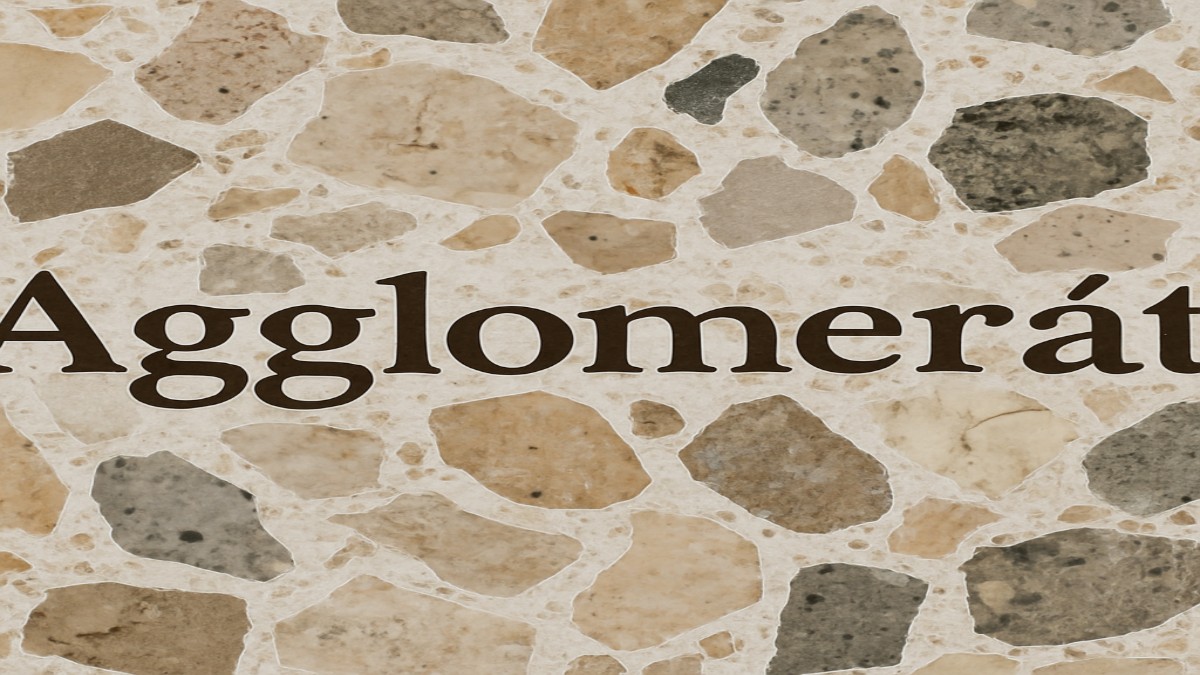others
Agglomerát

Introduction to Agglomerát
Agglomerát is a term used to describe a mass or collection of particles that have bonded together, forming a larger, more manageable unit. These bonds can occur naturally or be engineered through human processes. The word itself is derived from the Latin “agglomerare,” meaning to wind or heap together.
You’ve probably encountered agglomerates in your everyday life without realizing it — from the tablets in your medicine cabinet to the pellets used in steelmaking.
Types of Agglomerát
Natural Agglomerates
Nature has been creating agglomerates long before humans understood the process. Think of volcanic rocks, certain sedimentary formations, or even snowballs that form when snow particles stick together.
Synthetic Agglomerates
These are made intentionally, often to improve handling, transportation, or usage. They are engineered to meet specific requirements, such as strength, size, or porosity.
Industrial Agglomerates
These are large-scale products created for commercial and industrial applications, like iron ore pellets, cement clinkers, or fertilizer granules.
Formation Process
Physical Binding
In this method, particles stick together due to moisture, pressure, or freezing, without undergoing chemical changes.
Chemical Binding
Here, binders like cement, resins, or polymers are used to glue particles together, creating a stronger and more durable product.
Mechanical Compaction
This process uses machines to press particles into a specific shape, such as pellets, briquettes, or tablets.
Uses of Agglomerát
Construction Industry
Cement clinkers, gravel, and aggregate materials all rely on the concept of agglomeration for better performance and easier transport.
Pharmaceutical Applications
Your aspirin tablets? Those are tiny powdered chemicals pressed into a solid, easy-to-swallow agglomerate.
Food Industry
Instant coffee, powdered milk, and bouillon cubes are all agglomerates, designed to dissolve easily and store longer.
Mining and Metallurgy
Iron ore pellets are a perfect example — smaller particles are combined to make a product that’s more efficient for steelmaking.
Advantages of Agglomerát
- Improved Handling: Larger, denser forms are easier to move and store.
- Reduced Dust Generation: Agglomerates minimize airborne particles, improving workplace safety.
- Enhanced Stability: They often have a longer shelf life and more predictable performance.
Disadvantages of Agglomerát
- Cost Implications: The process and equipment can be expensive.
- Possible Reduced Purity: Binding agents can alter the material composition.
- Handling Limitations: Some agglomerates may break apart during transport.
Agglomeration Techniques
Pelletizing
Particles are rolled into small balls using rotating drums or discs.
Briquetting
Powders are pressed into solid blocks using high pressure.
Extrusion
Material is forced through a mold to produce uniform shapes.
Real-Life Examples
Iron Ore Pellets
Critical in steelmaking, these agglomerates ensure efficient furnace operation.
Pharmaceutical Tablets
Designed for accurate dosing, longer shelf life, and easy consumption.
Instant Coffee Granules
Small coffee particles fused together for faster dissolving in hot water.
Agglomerát in Sustainability
Agglomeration is an eco-friendly solution in many industries. It helps recycle waste materials into usable forms, reduces dust pollution, and improves transport efficiency.
Innovations in Agglomeration Technology
Modern advancements focus on stronger binders, lower energy usage, and automated quality control, making the process more sustainable and cost-effective.
Future of Agglomerát
With AI and automation, the future of agglomeration looks promising. Smart sensors can optimize moisture levels, pressure, and binder ratios in real-time, reducing waste and maximizing output.
Conclusion
Agglomerát may sound like a complex industrial term, but its applications touch nearly every part of our lives — from the food we eat to the buildings we live in. Its versatility, efficiency, and role in sustainability make it an essential technology for the modern world.
FAQs
1. What is the simplest definition of agglomerát?
A cluster of small particles bonded into a larger, more manageable form.
2. How is agglomerát different from a compound?
A compound is chemically bonded at the molecular level, while agglomerates are physically or mechanically bound.
3. Can agglomerát be recycled?
Yes, many agglomerates, especially industrial ones, can be broken down and reused.
4. Which industries use agglomerát the most?
Mining, construction, pharmaceuticals, and food processing are major users.
5. Is agglomerát always man-made?
No, it also occurs naturally in geological and environmental processes.

 entertainment3 months ago
entertainment3 months agoOnionFlix: Everything You Need to Know About This Streaming Website

 others3 months ago
others3 months agoNook vs Kindle: Which E-Reader Is Right for You?

 food2 months ago
food2 months agoThe Ultimate Guide to Salchicha: Everything You Need to Know

 education3 months ago
education3 months agoWhy Did My Period Come Early? Understanding Unexpected Menstrual Changes















